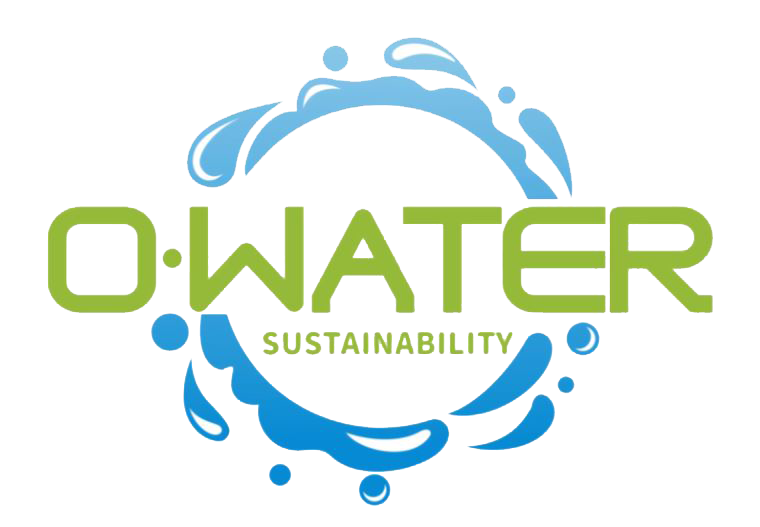Water Consumption Trends in India 2025 An Editorial Analysis for Sustainability Leaders
- Mario Castro Rojas
- Jul 5
- 4 min read
Water is a crucial resource that sustains life, drives industry, and supports agriculture. As India approaches 2025, understanding water consumption trends becomes vital for decision-makers focused on sustainability. This blog post explores anticipated water consumption trends in India and highlights important areas for action for Chief Operating Officers, Sustainability Officers, and Environment Ministers.
Understanding Current Water Consumption Patterns
India, with a population of approximately 1.4 billion, is one of the largest consumers of freshwater globally. Urbanization and population growth have dramatically increased water consumption, putting immense pressure on existing freshwater sources.
By 2025, India’s water demand is expected to rise to about 1,200 billion cubic meters, up from around 900 billion cubic meters in 2020. This represents a staggering increase of more than 33% in just five years. Key sectors driving this demand include agriculture, industry, and household use.

Given the pressure on freshwater resources, effective management and innovative practices are critical for conserving this essential resource. Understanding how and where water is used can guide policy changes and promote water-saving technologies.
Factors Influencing Water Consumption
Several factors impact water consumption trends in India, which sustainability leaders must closely examine.
Urbanization
Urbanization is a leading driver of increased water consumption. Cities are expanding rapidly, with millions migrating to urban areas for better opportunities. This surge results in higher water demand due to increased population density and construction activities.
For instance, cities like Bengaluru, Mumbai, and Delhi grapple with significant water supply challenges. By 2025, these issues may worsen without effective policies and improved practices, putting an even greater strain on local water resources.
Agriculture
Agriculture accounts for nearly 90% of India's freshwater use, making it the largest consumer of this resource. Many traditional practices and inefficient irrigation methods lead to significant water wastage. As farmers strive to boost productivity to ensure food security, competition for water resources is likely to intensify, especially with the added challenges posed by climate change.
To address these challenges, advanced irrigation techniques such as drip irrigation and rainwater harvesting must be prioritized. For example, switching from traditional flood irrigation to drip irrigation could reduce water usage by up to 50%, allowing for more sustainable agricultural practices.

Industrial Growth
The industrial sector significantly contributes to rising water consumption. Industries such as textiles, steel, and power generation require substantial amounts of water for various processes. As India’s economy grows, water demand in these sectors is expected to increase even further.
However, the industrial sector also offers opportunities for implementing water recycling and management strategies. Industries that adopt water-efficient practices not only reduce their footprints but can also see improvements in their operational costs. For example, a textile factory could save up to 30% on water bills by implementing a water recycling system.
Projected Policy Changes and Innovative Solutions
As India nears 2025, it is important for policymakers and sustainability leaders to champion policies that prioritize water conservation.
Regulatory Frameworks
Implementing stricter regulations can encourage industries to adopt water-efficient technologies. One effective approach could be offering subsidies for water-saving equipment. Furthermore, imposing fines for excessive water use can motivate businesses to manage their consumption more responsibly.
Technological Innovations
Advancements in technology offer viable solutions for monitoring and managing water usage effectively. Tools like smart meters, data analytics, and AI can help organizations and municipalities gain insights into their water consumption patterns.
For instance, cities can deploy smart sensors to detect leaks in their water distribution systems, potentially saving millions of gallons of water each year. By integrating such technologies into their water management systems, cities can improve efficiency and significantly reduce waste.
Community Engagement and Education
Raising community awareness is essential in tackling water consumption issues. Informing the public about the importance of water conservation and involving communities in water management can create a culture of sustainability.
Grassroots Movements
Encouraging local participation in initiatives like rainwater harvesting, watershed management, and community conservation programs can yield sustainable water practices. Grassroots movements empower communities to take ownership of their water resources. As a result, small community-led initiatives can have a big impact on local water conservation efforts.

Looking Ahead
The projected water consumption trends for India in 2025 present both challenges and opportunities for sustainability leaders. As urbanization accelerates and demands from agriculture and industry increase, proactive measures must be put in place to manage India’s precious water resources effectively.
By focusing on regulatory policies, embracing technological innovations, and engaging communities in water conservation efforts, leaders across sectors can pave the way for a sustainable future. Addressing these challenges will not only secure water for millions but also contribute to India's long-term environmental goals.
In summary, adopting a sustainable approach to water management in India is essential. COOs, Sustainability Officers, and Environment Ministers must collaborate and implement initiatives that respond effectively to changing consumption trends. Proper management of water resources is not just an environmental concern; it is a necessity for a resilient future for India.




Comments